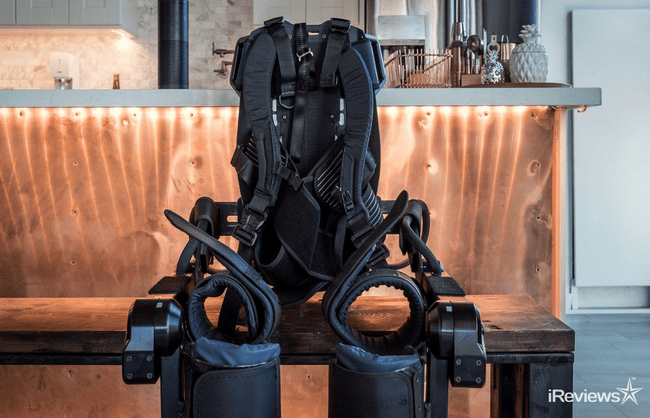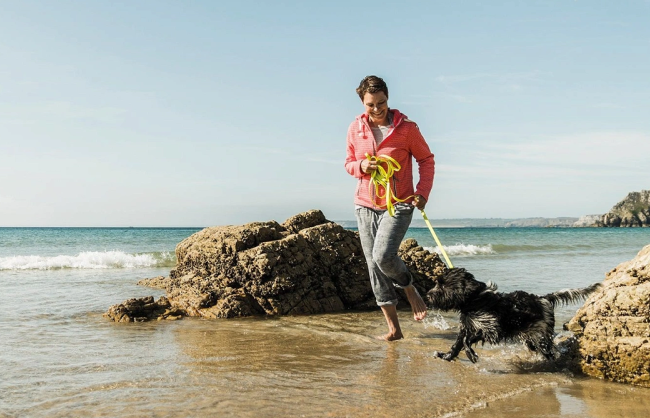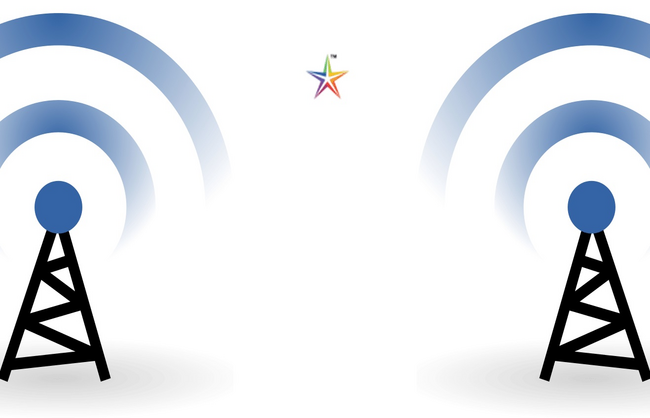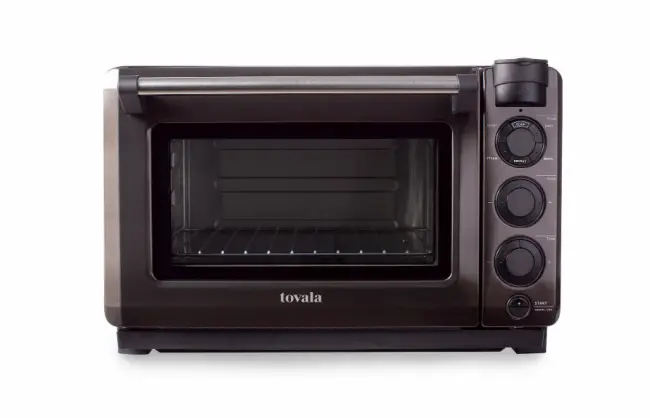Amazon’s Alexa Can Control an Exoskeleton With Verbal Instructions

Canadian medical robotics company Bionik Laboratories added a handy little extension into their latest generation of the ARKE lower body exoskeleton: control by Alexa, Amazon’s voice assistant.
Alexa can connect to some amazing things, but an exoskeleton is a new one. The exoskeleton will help older people, along with those affected by severe lower body impairments. Users can activate different “activity modes,” like Standing or Walking, by saying “Alexa, I’m ready to stand” or “Alexa, I’m ready to walk.”

A Worldwide Aging Population
In 2016, the National Institute for Health (NIH) released statistics on the fast-growing global aging population. The NIH projects that the percent of people aged 65 and over will double by 2050. That, coupled with the huge population boom of recent decades, means we’re looking at almost one-quarter of our population in 2050 being 65 years of age and over.
The Centers for Disease Control and Prevention estimates nearly 9 million people in the United States have a mobility challenge requiring assistive products. 2.2 million depend on a wheelchair. An estimated 6.5 million use a cane, walker, or crutches. Globally, the number climbs to almost 132 million people who have a physical disability and require a wheelchair.
The ARKE exoskeleton has the potential to help in 100% of all stroke survivors who suffer from lower limb impairment. A portion of wheelchair-bound stroke survivors will be eligible for the exoskeleton. For spinal cord injury patients, Bionik Labs expects to treat 80% of all cases with the ARKE exoskeleton. There is also potential for patients with quadriplegia or incomplete spinal cord injury.

Bionik Laboratories’ Proprietary Research
Michal Prywata is the co-founder and Chief Operating Officer of Bionik. He says, “We believe we will help many impaired individuals regain the mobility they once lost.”
“We are excited to complete the integration of Amazon’s Echo and Alexa into our ARKE exoskeleton, combining the power of Amazon’s voice-activated technologies with our powerful assistive robotic solutions for the next evolution in treating consumer immobility.”
– Prywata
The company focuses on upper and lower extremity rehabilitation for stroke survivors and other mobile-impaired patients. As of this writing, they have three products in production and four in development.
“In building ARKE, we had one goal in mind – to empower the user to take back their mobility and regain the ability to complete tasks that the rest of us deem normal, like walking to the refrigerator or going to get the mail,” says Prywata. “This pairing of our robotic technologies with the power of Amazon’s Alexa further pushes the boundaries of what technology can do within the home healthcare industry.”
Bionik engineered ARKE to continually adapt to a patient’s ability to walk and move. The exoskeleton also provides real-time feedback to the physiotherapist.

Medical Technology for Many Patients
Although it’s still in clinical development, the exoskeleton already passed optimization and pre-clinical testing. With the end-goal of the ARKE exoskeleton to be used in the home, initial tests and pilot projects will happen in rehabilitation centers.
The exoskeleton body is carbon fiber, aluminum, and steel, and it fits onto patients of all heights and weights. The robot connects to Bionik’s cloud software. The program analyzes the data and displays it for the physiotherapist to see in real-time.
ARKE is an innovative exoskeleton because it comes with a tablet control integration system. It uses multiple sensors to learn about its patient, their environment, and the patient’s movements. Sensors in the feet and joints combine with inertial measurement units to judge weight distribution. With real-time monitoring, the exoskeleton allows patients to walk with a custom fit.

Future of the ARKE Exoskeleton
Second-generation ARKE is still in development, so we’ll have to wait a little bit longer to see the exoskeleton in-person. But the company designed it with proprietary walking gait trajectories and a new exoskeleton.
Bionik Labs recently partnered with Wistron Corporation, a major design manufacturer in Taiwan. They hope to create a home-type exoskeleton. This product would cost less to attract the average consumer.
Peter Bloch, CEO of Bionik, says, “The continued evolution of our ARKE exoskeleton is important for our company. The market for assistive mobility products continues to grow at a rapid pace across the globe.
“Aside from the large number of citizens who have suffered injury, the global population is also aging rapidly. Those citizens will be in need of a home-based assistive product that can truly provide them the mobility that a wheelchair, cane, or crutches currently can’t. We will continue to seek out partnerships and technological advancements that will enable us to serve that population on a mass consumer scale.”





